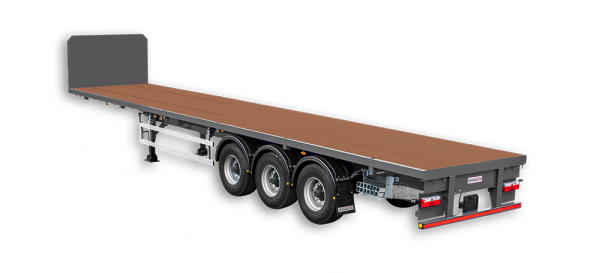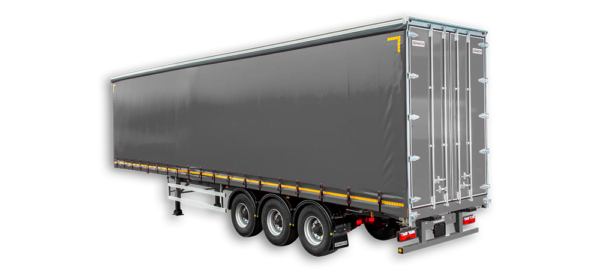
Platform or Flat Trailer
Platform or Flat Trailers are the backbone of the general haulage industry embodying rugged reliability and versatile functionality.
Our Fleet
Our extensive HGV specialised trailer fleet is now a 650+ stong collection of low loader, extender, flat and other specialised trailers. We always keep it up-to-date enabling our rental customers to have access to a variety of new trailers, with the very latest steering and extending technology, but without the capital outlay. For customers wishing to buy, there are always trailers in the yard here at Bawtry to come and have a look round.

Platform or Flat Trailers are the backbone of the general haulage industry embodying rugged reliability and versatile functionality.

A Curtainsider or Tautliner trailer is a term used for a trailer, usually a flat decked trailer, with a rigid frame above the deck with a solid roof and rear doors, and removable curtain sides secured by straps.

Urban or short trailers are an HGV semi-trailer that has been developed to allow hauliers and operators access to city centres and suburban where space is limited, and a normal platform/flat trailer would not fit.

The Low Loader Trailer has become a generic phrase in the heavy goods vehicle industry to describe a whole variety of low deck trailers.

Step Frame trailers are engineered to overcome the challenges of transporting tall and bulky cargo including prefabricated structure and modular components.

An Extendable Trailer is versatile and suitable for a variety of long loads. ‘Extenders’ as they are sometime known can be single, double, or even triple extending.

Plant carriers feature a flatbed deck with integrated ramps or loading platforms ensuring easy access for excavators, tractors, and bulldozers.
Find out more about our full fleet of trailers for sale